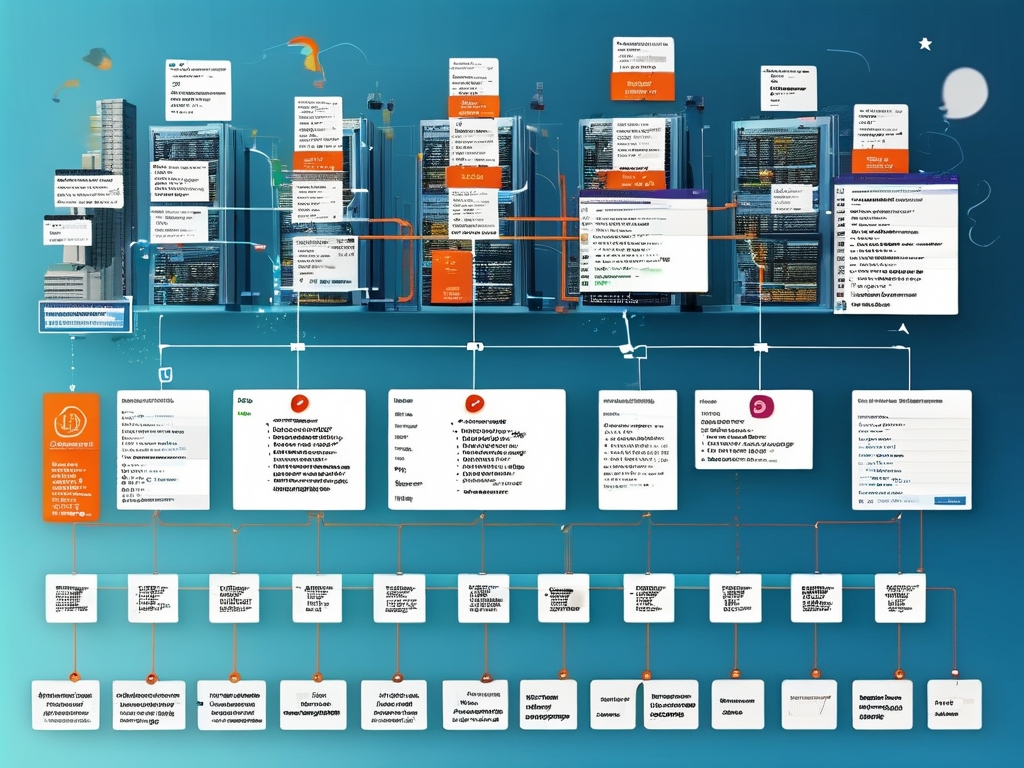In today's fast-paced digital landscape, organizations are increasingly turning to on-premise automation solutions to optimize workflows while maintaining full control over sensitive data. Unlike cloud-based alternatives, locally deployed automation tools offer unique advantages for industries requiring strict compliance, customized infrastructure, and reduced external dependencies.

The Strategic Value of On-Premise Automation
Local deployment automation refers to the implementation of self-hosted software and scripts that automate repetitive tasks within an organization's private network. This approach is particularly critical for sectors like healthcare, finance, and government agencies where data sovereignty and regulatory compliance are non-negotiable. For instance, a hospital might automate patient record processing using on-premise tools to ensure HIPAA compliance, eliminating risks associated with third-party cloud storage.
A key differentiator lies in infrastructure customization. Enterprises can tailor automation frameworks to their exact technical specifications, integrating legacy systems that cloud platforms might not support. Consider this Python snippet for a manufacturing inventory system:
def update_inventory(part_id, quantity):
with local_db_connection() as db:
db.execute("UPDATE stock SET quantity = ? WHERE id = ?", (quantity, part_id))
trigger_reorder_if_needed(part_id)
This code demonstrates how locally hosted automation can directly interact with proprietary databases while maintaining air-gapped security.
Implementation Challenges and Solutions
While the benefits are substantial, deploying automation tools on-premise presents unique hurdles. Initial setup costs often exceed cloud subscriptions, requiring investments in server hardware and specialized IT staff. A 2023 survey by TechValidate revealed that 68% of enterprises cited upfront infrastructure costs as their primary concern when adopting local automation.
However, long-term savings frequently justify these investments. By automating 80% of manual data entry tasks, a European bank reduced operational errors by 42% within six months, according to their internal audit report. The solution combined open-source tools like Jenkins for CI/CD pipelines with custom PowerShell scripts for legacy system integration.
Security remains a double-edged sword. While local deployment minimizes external attack surfaces, organizations must implement rigorous access controls. Role-based authentication systems and encrypted audit logs are essential, as shown in this configuration example for an automation server:
security:
auth_providers:
- ldap
- local_db
access_rules:
developers: read-only
sysadmins: full-access
audit:
retention_days: 365
encryption: AES-256
Future-Proofing Automation Infrastructure
Successful implementations require strategic planning. Begin with a pilot project targeting a single department's pain points—for example, automating report generation in the accounting division. Measure time savings and error reduction metrics before scaling enterprise-wide.
Integration capabilities should drive tool selection. Modern platforms like Red Hat Ansible and SaltStack offer hybrid architectures that blend on-premise control with cloud-like flexibility. During phased migrations, containerization technologies (Docker, Kubernetes) enable consistent automation across legacy and modern systems.
A case study from automotive supplier Bosch illustrates this approach. By containerizing their quality inspection automation suite, they achieved 93% parity between factory-floor deployments and cloud development environments, reducing update cycles from weeks to hours.
On-premise automation represents more than just technical implementation—it's a strategic decision balancing control, compliance, and efficiency. As cyber threats evolve and data regulations tighten, locally managed automation frameworks will continue to play a pivotal role in enterprise digital transformation. Organizations that master this balance will gain sustainable competitive advantages through optimized operations and hardened security postures.









